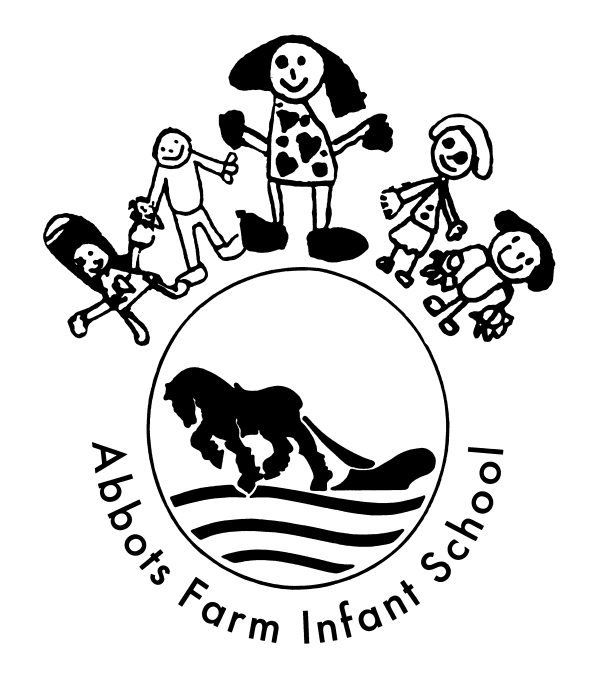History
Intent
At Abbots Farm Infant School we want children to be curious about the past in Britain and the wider world and help them to understand the diversity of human experience. We aim for a high-quality history curriculum that takes into consideration our own locality and significant people, giving the children the opportunity the learn about the rich history around them, as well as throughout the rest of the world. Curriculum content is knowledge and vocabulary rich, focusing on key skills, which the children will be able to nurture and develop as they move throughout the school. We want our children to learn the transferable skills that the study of history provides and how these will support them in the future.
The aim of our History curriculum is to inspire pupils to develop a broad historical and cultural awareness by:
- Providing opportunities for children to develop a chronological framework by investigating the past and how it influences the present.
- Encouraging children to interrogate evidence and form their own opinions.
- Teaching them about significant individuals and the ways they have impacted the present and future.
- Exploring a range of sources of information.
- Offering opportunities to compare different time periods
Implementation
In EYFS, children begin to develop their sense of chronology by talking about their own life story and the life story of family members. They are supported to communicate in the past tense when talking about things that have happened. Our children explore images of the past and make comparisons with the present.
In KS1 our History curriculum focuses on significant people and important historical events. Children develop an awareness of the past, using common words and phrases relating to the passing of time. These are explicitly mapped out and rigorously taught. They will start to know where the people and events they study fit within a chronological framework and identify similarities and differences between ways of life in different periods. As they progress through the key stage, they will begin to make comparisons and connections between significant people and events in the past.
We use a cross curricular approach to learning. This helps to immerse the children within their topics, allowing them to use their new knowledge within many different subjects.
Planning focuses on the objectives and historical skills to be taught and well as those which they can learn through discovery in continuous provision. Planning will begin by looking at prior knowledge, which will then be built on over the course of the term. Classrooms have an enquiry area which is used to promote historical understanding and to practise and embed skills.
Impact
If children are knowledgeable historians, then they will be able to articulate their understanding with confidence. The work produced by our children and the discussions they have, should demonstrate that they are equipped with the historical skills and knowledge that will enable them to be ready for the KS2 curriculum and for life beyond infant school.
If children are keeping up with the curriculum, they are deemed to be making good or better progress. We measure the impact of our curriculum through the following methods:
- Discussions with children about their learning (pupil voice).
- Coaching with teacher focusing on children’s work and photo evidence and images of the children’s practical learning (particularly in EYFS).
- Coaching with teachers focusing on planning to ensure that all classes have a consistent coverage of the curriculum.
- Coaching with teachers in lessons to continuously improve our teaching of the History curriculum.
- All coaching provides opportunities for professional dialogue between teachers and History lead which is reflective.
- Progress is measured through teacher assessments at the end of each term. Children are assessed as emerging, expected, or exceeding against the planned objectives. This allows for data analysis to identify any gaps of knowledge or skills. This can then be identified for teacher’s future planning.
